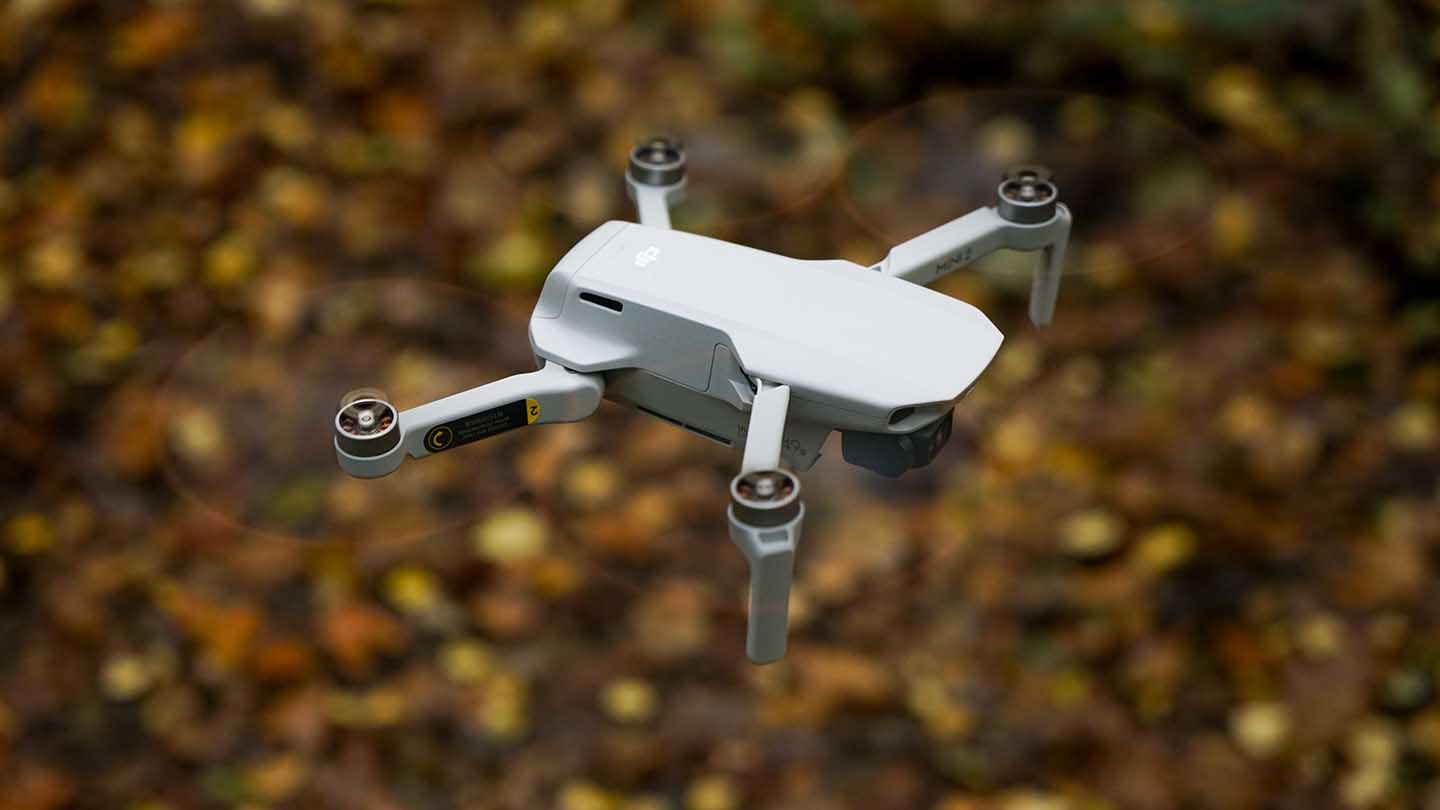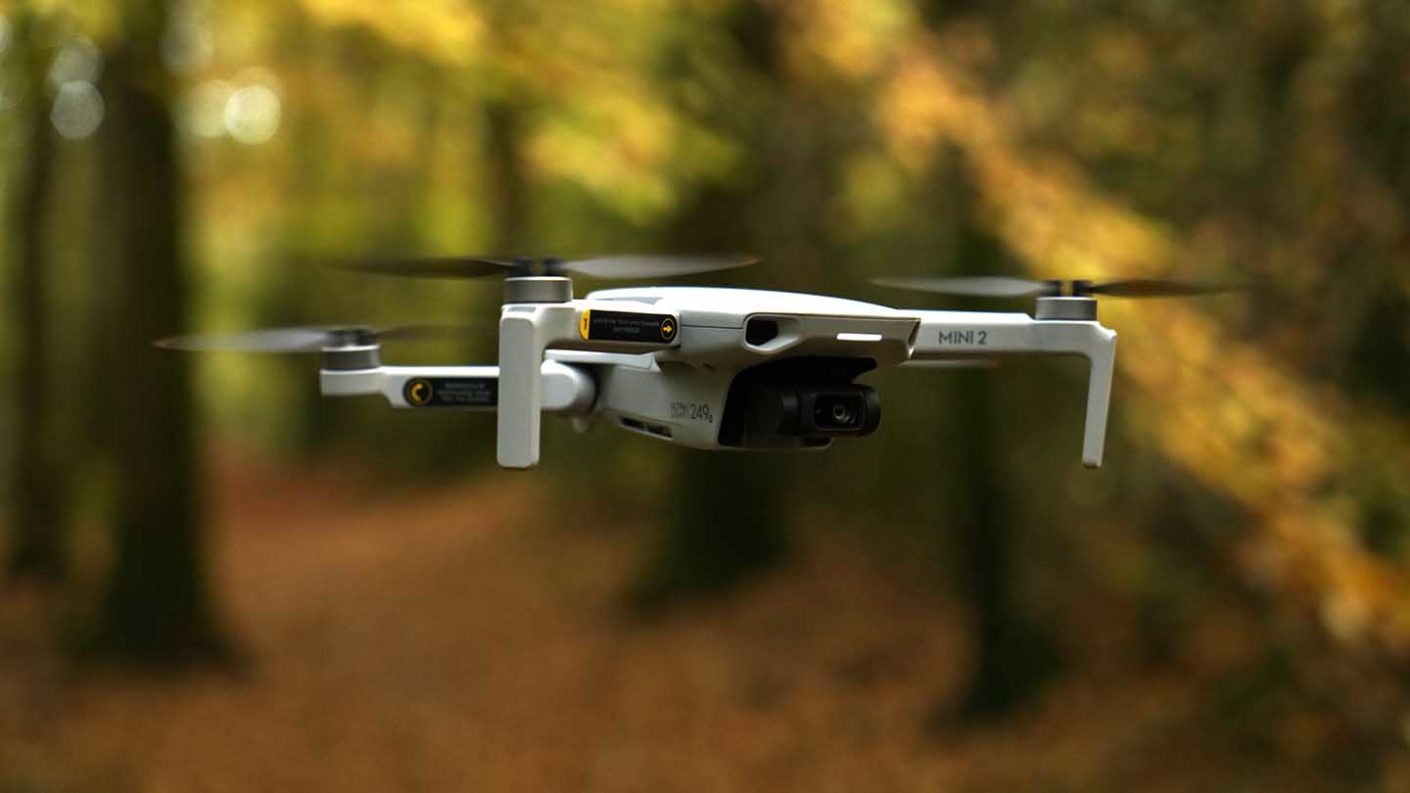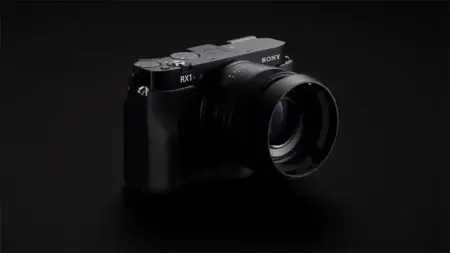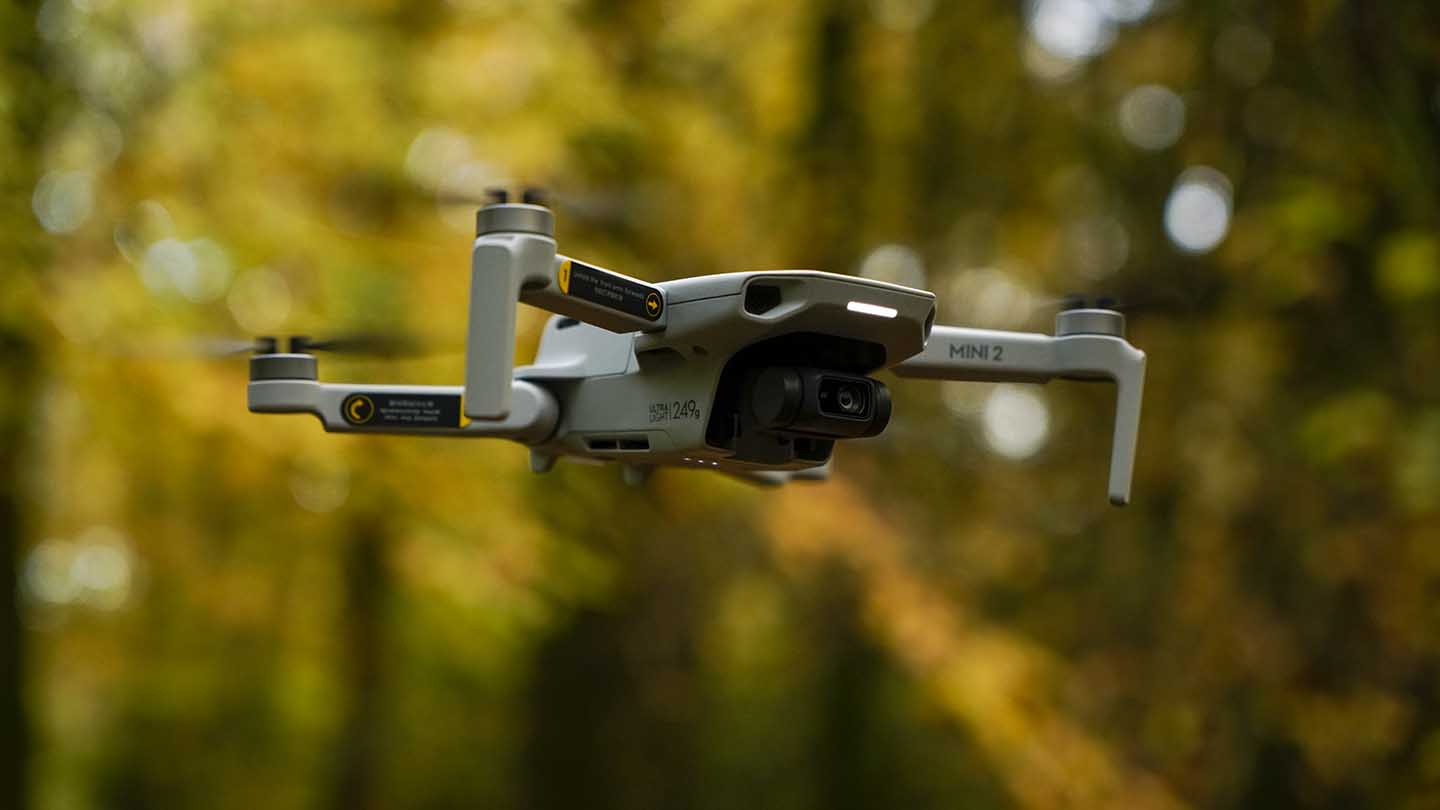Once again, as with the Mavic Mini, weight is a big feature and the Mini 2 has a take-off weight of under 249g. The smallest of size reductions is also apparent in the new drone which measures 138×81×58 mm when folded, and with props fully unfolded 245×289×56mm. The size difference is quite literally 1mm.
The previous Mavic Mini had an impressive flight time of around 30 minutes, and now the quoted flight time from DJI is 31 minutes.
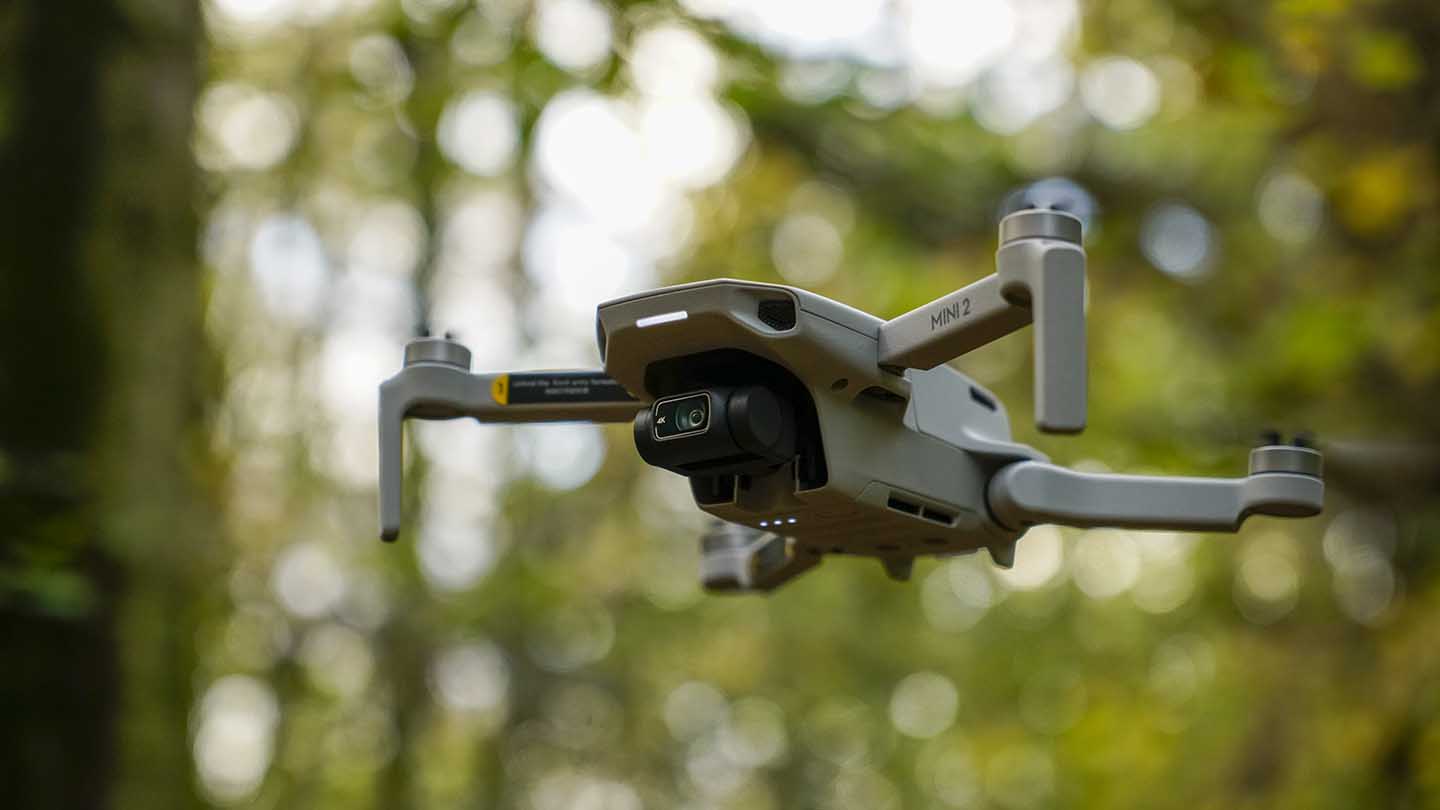
The original Mini suffered from the effects of wind, but the new Mini 2 has a set of more powerful motors and boasts level 5 wind resistance. This means the drone will still operate normally in more windy conditions and will still be easy to control.
Image and control transmission is something the DJI has excelled at, and like DJI’s other drones the operating distance of the Mini 2 goes well beyond what we’re legally allowed to fly in the UK.
The max distance is 10k using the OcuSync 2.0 Video transmission, but I’m not going to test this for obvious reasons.
Intelligent Flight Modes and Easy Control
As with the Mavic Mini, the fun features are the intelligent modes and QuickShots. With a tap of a button in the DJI app, you can send the drone off to do some impressive aerial work, capturing intricate flight paths that would test even an experienced pilot.
These modes have been seen on DJI drones before, but I’m always surprised with how well they work, these include Dronie, Helix, Rocket, Circle and the latest addition Boomerang.
Boomerang, as the name suggests, gives you a Boomerang flight pattern.
Unlike the controller that arrives with the Mavic Mini, the Mini 2 controller is almost identical to the Mavic Air 2. It’s a decent piece of kit and like the drone feels exceptionally well made and solid.
As before the camera is set on a 3-axis mechanical gimbal stabiliser, this looks much the same as the predecessor.
The camera this time around features a 4K camera capable of 30fps and retains the ability to capture 12mp stills. A nice feature is a digital zoom that enables up to 4x of magnification.
When I tested the DJI Mavic Pro a couple of years ago, I was impressed by the quality of the stills, especially panoramic. Herewith the DJI Mini 2, DJI has added this feature, and again it works with spectacular effect with a choice of wide-angle, 180º and Sphere panoramas.
It’s difficult to tell in the camera has been completely overhauled as it retains the 1/2.3-inch CMOS 12MP sensor fronted by an 83º FOC f/2.8 lens.
What is different is the step-up in resolution for video and the ability to capture Jpeg and raw images.
Video resolutions top out at 4K 30fps which is a step-up from the Mini’s 2.7k, and you also have the option of 2.7k at 30/25/24fps and FHD 24/25/30/50 and 60fps.
For video and stills, there’s an ISO range of 100-3200, and you can select to alter this manually or automatically.
The shutter speed can be adjusted from 4sec to 1/8000, which enables you plenty of scope for creative effects.
As is now standard with all DJI imaging products the max video bitrate is 100Mbps, so a big leap from 40MB/s on the Mavic Mini.
For such a small drone, these specifications are impressive.
You would have thought with the boost in the camera resolution, greater power and other small changes the aesthetics may have changed. Still, visually there’s very little to tell the difference between the DJI Mini 2 and Mavic Mini.
